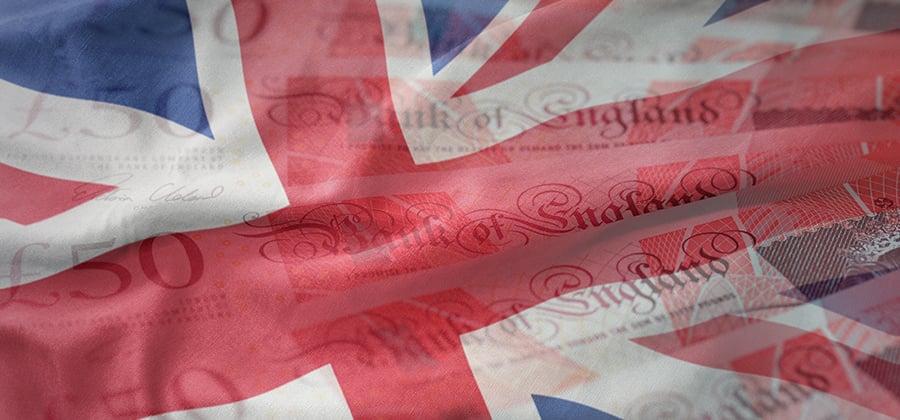I have over many years found it a cautionary tool against ‘this will disrupt / change / transform...’ type arguments.
The issue of security and the internet of things is getting welcome attention and I think progress is being made. I am a great fan of the IoT and its potential. One topic in all the visions, reports and speeches that I’ve heard that seems to be an impediment to progress is finding the things in the first place.
Let me illustrate with the kind of story I keep hearing.
Imagine that you suffer from hay fever. You have an app on your mobile device that can get pollen counts from sensors in your location to warn you of local conditions in a far more granular way than the weather bulletins. Sounds wonderful doesn’t it? By 2020 the expectation is that we will have 26bn sensors on the planet and growing at a rapid rate.
Exactly how will your app find these sensors? Imagine London with say 500 million sensors measuring all sorts of things. How will I find the sensors that are useful to hay fever sufferers?
I have seen a few papers on the ‘thing name service’ mimicking the domain name service. What is the governance of the naming and addressing on the IoT? Who will be responsible for setting up, say, pollen.sensor.uk?
The issue of governance of the IoT is complicated by the many bodies who already have standards for data. Take an industry like the motor industry. If we want every car (and its components) to be networked who and how do we create technical and economic models for useful addresses such as gearbox.car.uk?
Given concerns over security and privacy will we need a ‘whatis’ service for public sensors, to complement the ‘whois’ service in the DNS world?
I have written before about barcoding as an example. The hardware was available 20 years before the data standards that allowed it to take off. The costs, legal complexity of creating new TLDs for the internet through ICANN is well documented.
Will the car industry, pharmaceuticals, retail and all the other sectors of the economy be happy to adopt economic models and technical standards designed by and for the benefit of the tech sector? I think I’m on a safe bet to say NO.
I can see rapid progress on intranets of things, because much of this can be sorted out behind walled gardens. However, if the dream of an internet of things is to materialise in my lifetime, the task of discovering what is out there that is available to my mobile apps looks pretty daunting.
Just take a relatively simple example: temperature. Imagine that the world’s thermometers are all internet visible. From spotting fires, cold homes or managing climate change I can think of many apps which would have social, economic and personal benefits. I can see how a single smart city can solve this, but if I have to download an app for every city I go to, I’m not sure I’d do it.
So, if Gartner’s analysis is right, we will see the IoT slump into the ‘trough of disillusionment’ over the next few years. I’d support them with a 90 per cent confidence limit based on my experience.
To minimise the downward slope, I’ve suggested my biggest barrier to realisation of the visions for the IoT. What other barriers are there? Having experienced the BGP 512 problems a few days ago, we can see how decisions that must have looked reasonable years ago, and also known to the technical community, are now biting back.
The late John Postel was able to manage the development of an important component of the internet, the DNS we have today, for many years. Even in principle, I can’t see that as possible for the IoT.
Discoverability of things, governance of naming and addressing for me are the factors that will drive the Gartner hype cycle into difficult territory. How do we fix it and who do we trust to fix it for us?












